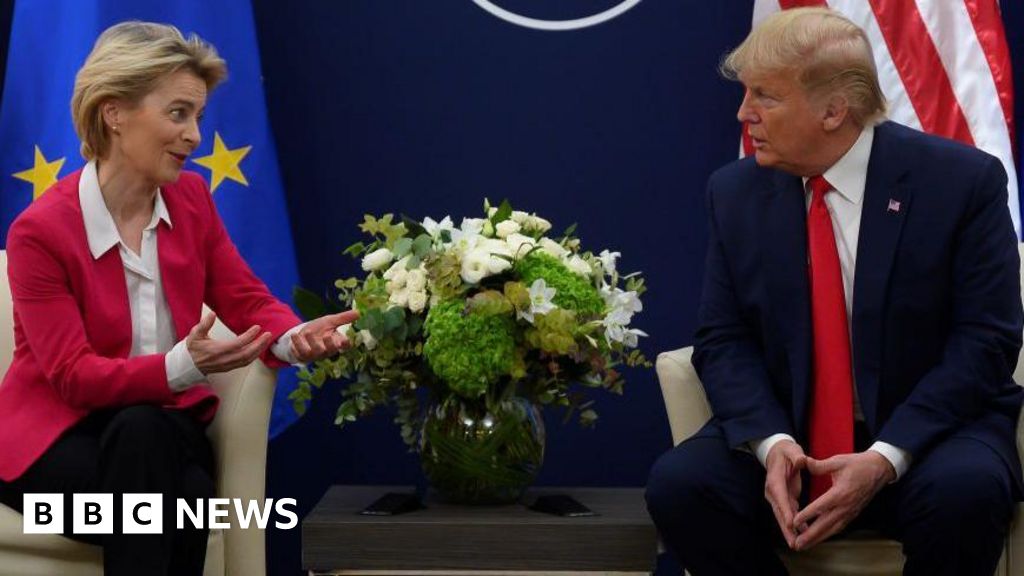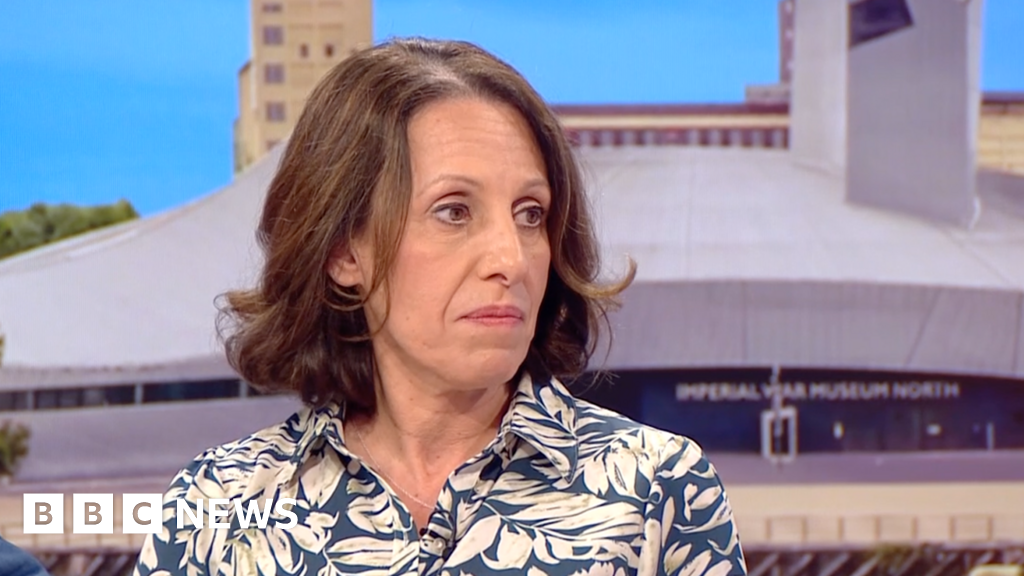Healthcare leaders discussing strategies for fostering systemness and individuality. But how do you … [+]
Shutterstock
Think about what a health system must deliver to us, as consumers. We want a system that can give us what we need when we need it, without delays or hassles. But these services are also so much more personal than most other services we consume. This is our health and our life.
We want proficiency and efficiency at the system level, but also compassion and respect at the individual level.
Dr. Lee Isley President / Chief Executive Officer at NASH UNC Health Care
PHOTOGRAPHY_BY_ALLEN_HINNANT_2016
“Here’s what matters to the community – that a health system is engaged, involved, invested, and has demonstrated compassion for the community as a whole and for patients individually. And that all of that is tangible when they interact with you, whether in a clinic, or a room, or out in the community. That’s what matters. They want it to be genuine.”
That’s a quote from L. Lee Isley, Ph.D, FACHE, president and CEO of UNC Nash. He brings up one of the central challenges in leading any organization today: that we have to demonstrate compassion at both the macro and the micro level, for the community as a whole and for individuals.
How do we do that? How do we cultivate genuine engagement and compassion at the community level when it’s not just one community but it’s multiple communities across a state – each with its own identity? Likewise, how do we cultivate genuine engagement and compassion at the individual level when it’s not just one individual, but many different individuals – each with their own needs, expectations and experiences?
That’s a challenge facing leaders across all industries. But it can be especially challenging in a field like healthcare where people have to value you beyond a single purchase or a single experience. Health systems need people to trust them with their health and their lives – and the health and lives of the people they love.
I had a conversation with Dr. Isley about how he approaches these challenges as he leads UNC Nash, a nonprofit hospital affiliate of UNC Health Care, with locations across North Carolina. He described the geographic footprint as encompassing three distinct regions of the state: from the mountains, across the metropolitan piedmont triad region (which includes the cities of Greensboro, Winston-Salem, and High Point), and into the coastal plains.
“There are certainly some commonalities that make us North Carolinians, but each region has its own personality. You can’t take a blanket and lay that down over the entire state and think you’re going to cover it adequately for each community in those regions. What I think about a great deal is how can we be a system that allows for personalization? I believe in systems and I believe in systemness, but we’ve got to have enough maneuverability inside those standards to meet our communities where they are.”
To accomplish that goal, he said it’s crucial to begin by changing how we think about who matters in a given situation.
“We like to have this linear hierarchy of who matters the most,” he said. “We’re driven to believe that the most important stakeholder should be the patient, or it should be the staff, or it should be the community, or it should be operational efficiency because we need income to afford the initiatives to meet the needs of all those stakeholders. But I think of it as this gaseous ball of matter. Everyone can pop up at any time as the most important stakeholder.”
But how do you plan for that? Throughout our conversation, four strategic priorities emerged.
This informative infographic presents four key strategies for healthcare leaders to cultivate … [+]
Paulo Silvano, GLLG
1. Seek External Perspectives
Dr. Isley admitted that it’s all-too-easy and tempting for leaders to fall into the when you have a hammer, everything looks like a nail trap.
“We solve for something that we think is in our wheelhouse because they have those strengths. Then we go out and try to find the problem in the community so we can use the solution we already have – instead of asking our community what they need and then trying to solve for it.”
I see this scenario play out in nearly every large organization I work with, whether or not they’re in healthcare. Big organizations tend to impose their own priorities and identities on people, whether those people are customers or employees. Flipping the script – allowing individual identities to define the brand identity – takes a concerted, strategic effort that many organizations are not investing in.
But Dr. Isley and his team made the effort. They started changing their view about how to impact the health of their communities.
“We’re the experts in how to deliver care, but we may not be the experts in what our communities need. Identifying needs should be analytical, it should be qualitative, it should be quantitative, and it should involve community members.”
2. Seek Internal Differences
Just as we need external balance (between the knowledge of the organization and the wisdom within the community), we also need internal balance. In this case, that meant finding a way to bridge the perspectives of leaders trained in population health (emphasizing communities as a whole), and those trained in medicine (emphasizing individual patients).
Once again, we’re back to the macro and the micro.
“Physicians will tell you that their education system teaches them to see patients as individuals, one patient at a time. My education in community and public health teaches me to see patients as a collective. So physicians and I start at the opposite end of the continuum, and we have to find a way to bridge that together.”
They created dyads – teams that paired an administrative leader with a physician. Each pair would work together to tackle the organization’s performance-improvement goals. But they got to choose which ones. They selected three from the longer list of goals and opportunities, they worked on them together all year, and then reported to their peers.
“That was a game changer,” said Dr. Isley. “Physicians started understanding how their decisions as providers impacted the organization and the patient and the collective. They took ownership of the process.”
3. Involve Everyone
The dyad approach emphasizes the importance of something I write about often: the power and the possibilities when we expand our view of who can contribute to the organization’s mission and how.
That’s essential. All of us need to be exposed to expertise and experience that’s different from ours. Each of us has more we can contribute beyond what our job title might imply. We also simply cannot achieve the level of connection at both the macro and micro levels unless everyone is involved.
“It takes the entire organization,” said Dr. Isley. “One person could not do it. It is so encompassing.”
Plus, no one person identifies with everyone.
“Your community’s probably dynamic, and you need a dynamic team with different personalities and interests and talents that keep that engagement.”
This means the job of engagement falls not just to those with the word engagement in their job title or those whose work involves direct patient services.
“Every time I come to a new place, the hardest conversation I have is when I break it to my CFO that he or she actually has to get out of the office and be engaged in the community. They’re usually surprised because, as they put it, ‘I just do numbers.’ But I have to say, ‘But you do numbers in healthcare. So I need you out there in the community with your skillset forming bonds and relationships.’ It’s about trust.”
4. Get Out of the Way
Trust can only happen when people see that they matter to you – whether they’re patients in the community or employees within the organization.
While respecting the system for what it is, we also need to recognize the distinction that each person brings within it.
Dr. Isley said unleashing that level of individuality is one of the greatest opportunities for the healthcare industry.
“We tend to get tunnel vision with the idea that building efficiency means that we need to build standardization, which means we build a pathway, which means you need to follow the pathway.”
Again, I see this happen in every industry.
“Don’t get me wrong,” he said, “I can certainly go down that path. But my job as a leader is to ensure that I clearly articulate where we need to be, and then get out of their way so they can choose the path that best allows them to get to that destination.”
He said sometimes that involves collective conversations and stakeholder input, and other times he needs to make the decision and then articulate why it’s important.
“I need to get my ego out of the way, and I need to trust in my people that they’re going to get us there using their path. As I think about systemness, that’s the skeleton that I think about. How do we collectively develop that type of skeleton that allows us to get to the same place, even if we take different roads to get there.”
He’s pleased with the results they’ve seen, saying they’ve improved the consistency of the quality of care over the last 18 months.
“I really do believe that my role and purpose, my number one job as a CEO is leadership. How do you connect with people so they see and buy into something that they didn’t know that they wanted to buy into? How do you get people to adopt your passion and then carry it forward? My job is to spread seeds and to tend those seeds until they take root. That’s my passion. That’s where I find the most fulfillment, when I see others own and take possession of an idea that I know that I planted.”
Credit: Source link











